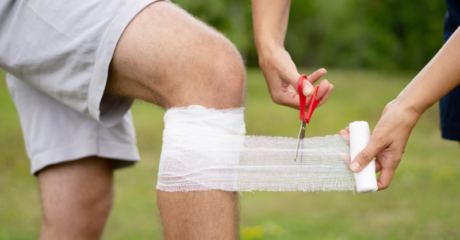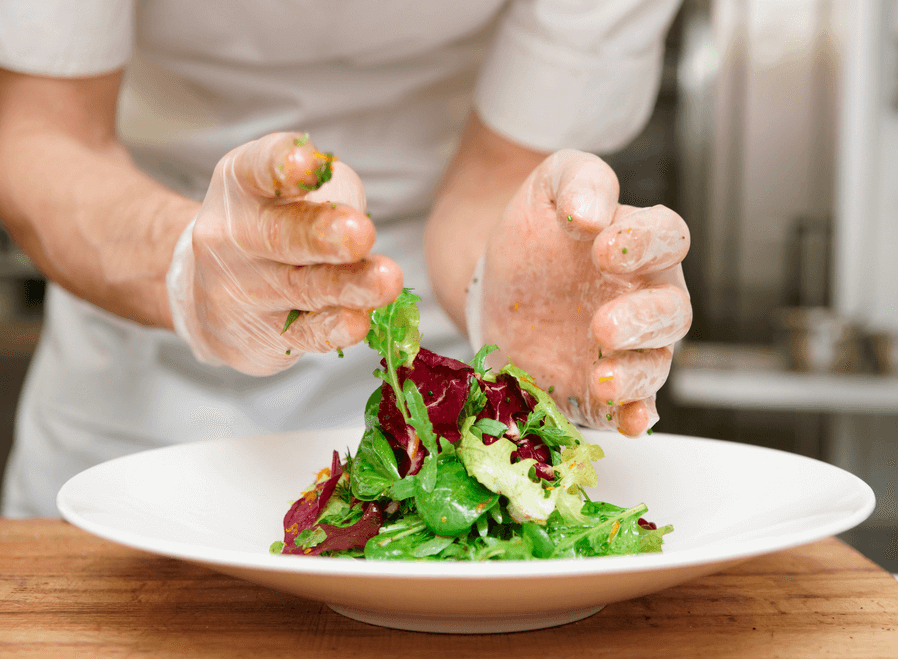
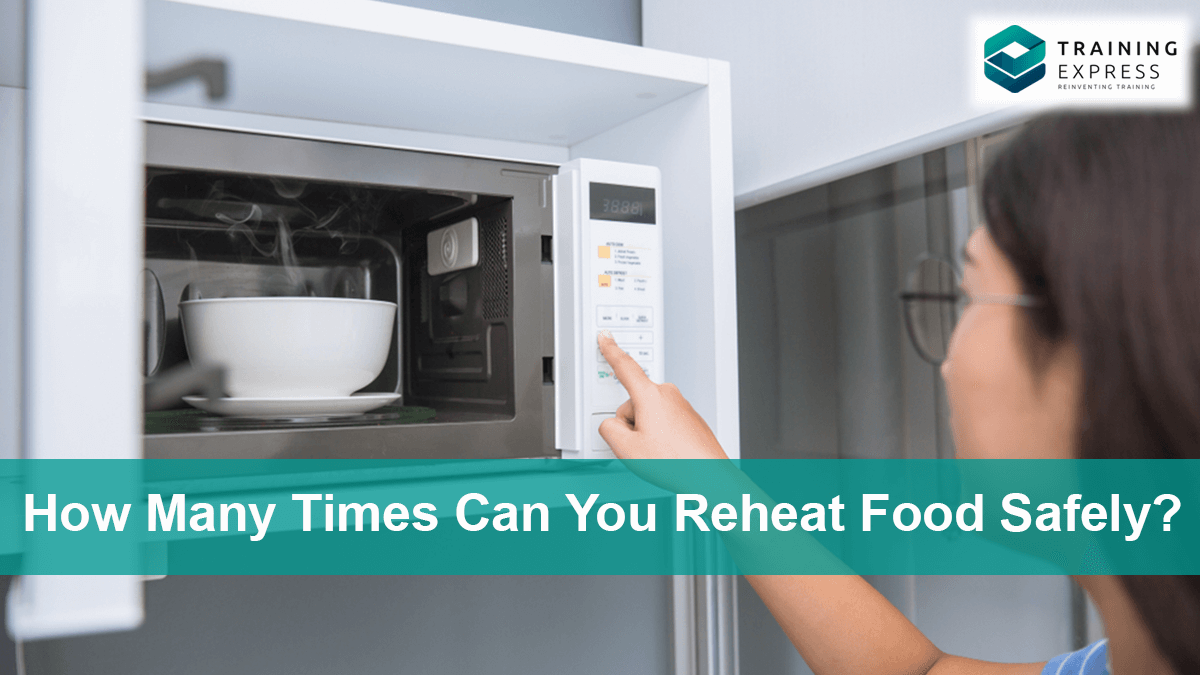
It’s a standard process that a lot of us cook meals in large quantities and reheat them afterwards. Reheating food and consuming later saves both our money and time, but there are few guidelines to maintain too. You must have proper awareness of how to reheat food safely and eat later.
However, reheated food for a second time carries the possibility of sickness from food poisoning. We will make it clear that how many times you can reheat food safely at home, and what types of food you need to be particularly cautious with to avoid food poisoning.
Table of Contents
How Many Times Can You Reheat Food Safely?
Preferably, we should all consume food right after it has been cooked, right after when it’s ready, it is when the food is at its most fresh state and probable to taste the best. Concerning food safety, however, as long as you reheat the food at the accurate temperature and for the precise duration of time, the food can be safely reheated multiple times.
When you reheat food:
- You must make sure that it is getting sizzling hot all the way through. This shows that you have correctly used the guidelines to reheat the food, and the bacteria have been destroyed.
- You should be careful with the quality too while reheating as it is most likely to deteriorate. This sadly means that the consistency or even the taste won’t be right as the last serving.
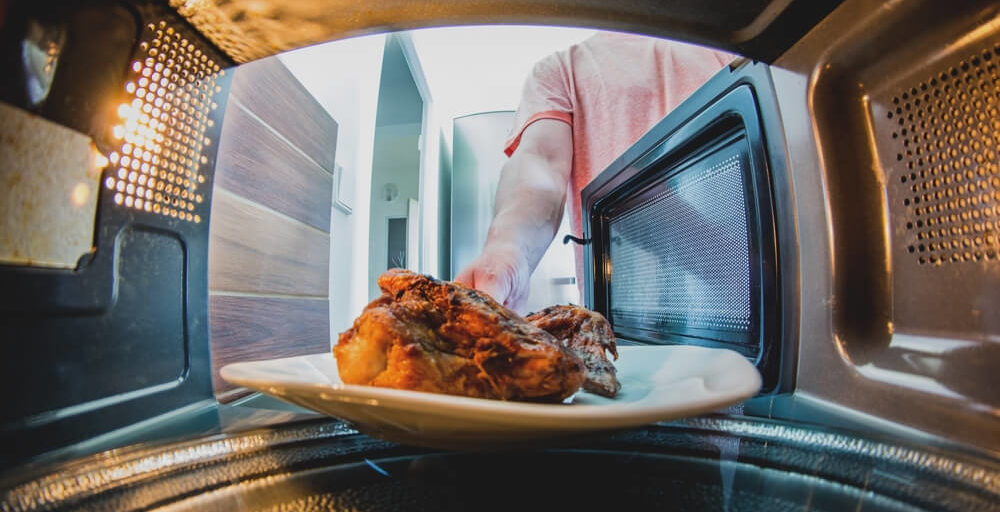
Leftover Home-Cooked Meals
Frankly speaking, there are no bounds to how many times you can safely reheat remaining home-cooked meals. Nevertheless, it would be best if you could restrict the number of times you reheat. You wouldn’t even need to reheat one kind of dish more than once.
If you make bulk meals:
- Split up and stock them in separate portions.
- Storing food separately like this usually means that each portion will need reheating once.
Leftover Takeaways
When the food is a takeaway, and it’s a leftover portion, you are bound to be super cautious regarding reheating. It’s quite apparent that you won’t find exactly how the restaurant cooked and prepared the food.
For instance:
- You might not even be aware of the food has been reheated before serving it to you.
- You may also not know if the ingredients for cooking may have been warmed up before.
If you are reheating rice:
- You must be extremely alert because underdone rice can contain Bacillus cereus spores that can sustain the cooking and reheating procedures.
- Some rice may have been pre-cooked and reheated before it got served to you in the restaurant.
- It is better if you can find out how restaurants control and cook their rice. In that case, you can discover by your own whether reheating the rice can be safe or not.
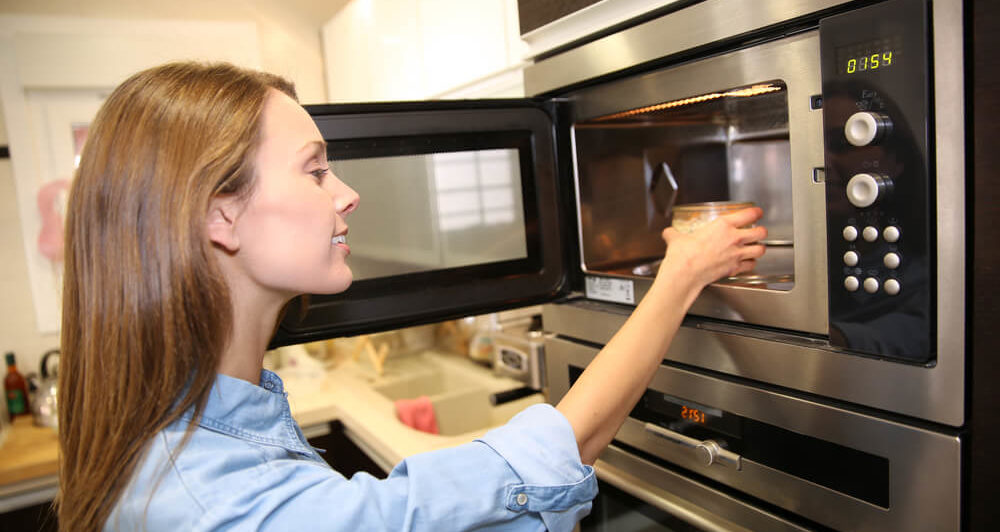
How can you Reheat Food Safely in the Oven?
Keep in mind that for reheating food safely in the oven, it will be the most pleasing way to preheat the oven correctly before putting the food in it.
- When you are reheating food, it should get to its original temperature, which must be of 75 °C.
- You are required to preheat the oven as per the authentic cooking instructions.
- Depending on the type of food, you should heat the oven, usually between 160 °C to 220 °C.
- You should consume the food only when you see it is sizzling hot and giving out steam. If you think you have a temperature inquiry, use this trick to check if the food is at least 75 °C.
- The type of food will decide whether it’s best to reheat it in the oven or the microwave.
Are There Any Foods You Shouldn’t Reheat?
There aren’t certainly any cooked foods that you should not reheat. However, we do recommend that you remain careful when reheating meat, fish or rice. If you cool, store and then reheat these foods accurately, they should be safe to eat without the risk of food poisoning.
The NHS says that:
- You should eat all leftovers within two days.
- However, at most, you should make sure that you eat all leftovers within four days after they were served to you.
- If you store them in your refrigerator after that, the safest option is to throw away the food and not to have it.
- If you know earlier that you aren’t going to eat all the leftovers, make sure to freeze them in portions.
Despite usual misunderstanding about what can be and can’t be reheated, you should now understand how to reheat foods safely and how many times you can do so. If you do reheat food, make sure the whole dish is steaming hot throughout.
While almost all foods can be reheated countless times, it is best practice to avoid reheating the same meal again and again. Each time your food is made less hot, stored and reheated, the probability of harmful bacteria increases.
PRO TIP
If you do have leftovers, it is much safer to either freeze them or reheat them just once.
How to Avoid Food Poisoning?
If food is not heated the second time correctly, you are most likely at risk of food poisoning.
- To avoid food poisoning, you should heat your food for the right amount of time and at the correct temperature.
- Afterwards, you can be able to reheat your food multiple times.
- Every time you reheat food, the quality may deteriorate as reheating has been known to make changes to the consistency or taste of food.
The Food Standards Agency recommends reheating your food just one time.
For instance, imagine reheating your leftover Lasagna to find out that it’s got a massive lump of ice-cold meat in the middle? It is not only likely to be less appealing, but you’ll also know that you are putting yourself at risk of food poisoning. Always keep in mind that food needs to be entirely appropriately cooked and remain boiling all the way through to kill all the harmful bacteria, therefore making it safe to eat.
What Food You Cannot Reheat
There aren’t exceptionally any foods that you are not allowed to reheat. But on the other hand, it is suggested that you’re aware of foods like meat, fish, and rice. Food items which you must abstain from reheating are:
- Potatoes,
- Cooked meat,
- Seafood,
- Rice,
- Pasta,
- Beetroot,
- Mushroom,
- Egg,
- Containing milk/cream
- Soybean products.
Always cook them correctly the first time.
- Before storing, cool them at room temperature for like 2 hours.
- Later keep them in a refrigerator.
- Then reheat them properly before eating.
However, there are few food items which once cooked must never be reheated again. Exposing them to high temperatures twice can not only kill their nutritional capacities but might also induce toxic development in them.
Reheating Home-Cooked Meals
To ensure that you only reheat meals once, take care to portion your meals appropriately. This means you’ll need to store and reheat less food and helps avoid creating waste.
Reheating Takeaways
Takeaways are riskier. Because –
- You don’t know how the restaurant cooked your food.
- You have no clue whether the food that you have been served was frozen or reheated.
If you have an idea of reheating your food when you buy it, you should ask the business how they usually prepare their food. This will let you know whether you can safely reheat it. Particular foods like rice carry an additional risk when being reheated so either ask the chef or don’t take the risk.
Many people prepare food in large quantities and have it the next day by reheating it. While this process is safe if done occasionally but can spell trouble if done daily. Heating and consuming leftover food items can cause food poisoning as well. The symptoms typically involve vomiting, diarrhoea and stomach cramps.
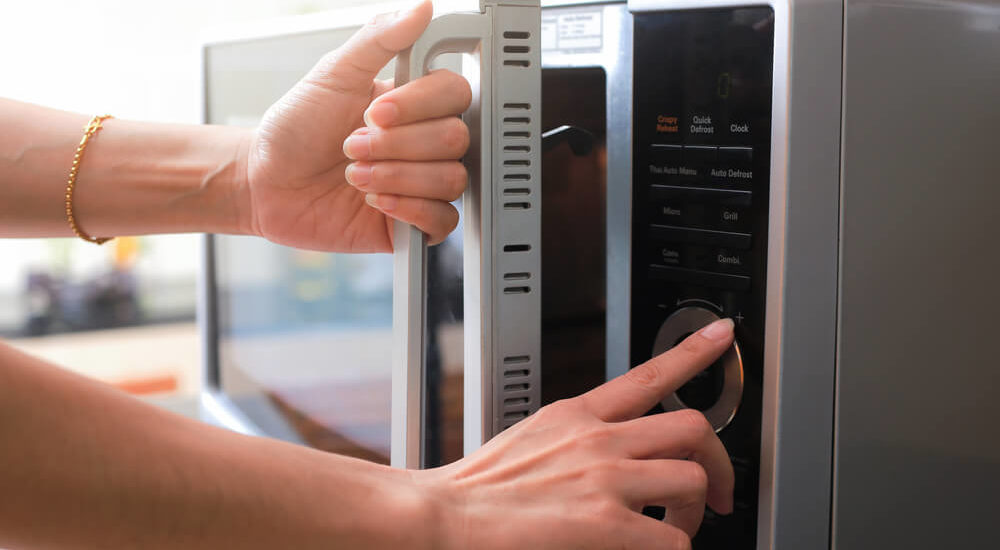
Number of Times You Can Reheat Food
So, are you never allowed to reheat your food?
The answer to this question entirely depends on your food item. While you must eat the leftovers within 24 hours, there are several food items which are banned from reheating. You can quickly reheat your food once, as reheating it more than that can pose problems.
Safest Ways to Reheat Food
Cooling and reheating foods safely needs strict observation of the reheating time and temperature.
If you’re careful about that, you can reheat food numerous times. If you’re not confident about it, then reheating leftovers even for once can be a challenge.
The outcome of repeatedly making the food hot and cold may harm the taste and consistency of the food.
Some food quality decreases quickly, so you might not want to eat them even if the food is safe.
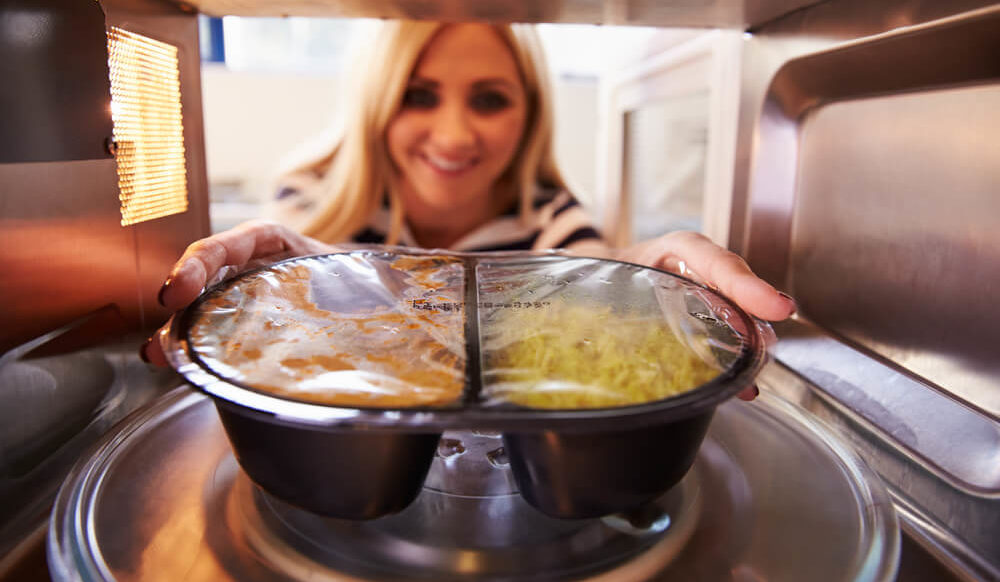
Procedure for Cooling Foods
The initial step in safe reheating is cooking your foods to the usual food-safe temperature.
- For mixed dishes, that’s 160 to 165 degrees Fahrenheit.
- You may buy an instant-read thermometer because measuring is vital.
- Once the food is ready, cool it as quickly as possible to 90 F or 100 F.
- You should shift the food from large containers to flat and small containers for fast cooling.
- Food must reach the target temperature within two hours, then be refrigerated at 40 F or below.
Method of Reheating Food
When you reheat your food, select a technique that’s correct and proper.
Food can be either microwaved or reheated in the oven, or you can microwave cold plates of meat and carrots can be microwaved while the sauce or gravy simmers in a separate saucepan.
However, keep in mind when reheating your food, it must come to at least 165 F, for like 20 seconds, to make the food safe to eat.
When using a microwave, remember that they don’t heat the food evenly.
Mix and whisk your food often as it heats, let it rest while the heat evens out, and test it in different places with your thermometer.
You should heat the food entirely in two hours or less.
Closing Note
Even though time and temperature are the two most essential factors to consider while reheating, there are few others too. Ensure your containers and serving utensils are carefully cleaned and use separate utensils for each food. Be careful not to make one dish impure with knives from another, or to mix cooked and uncooked food. Whenever possible, refrigerate your leftovers in single-serving boxes. In that way, you can reheat each serving just once and avoid repeated reheating. This method reduces food safety risks by cutting down the number of chances to make a mistake and also brings down the loss of quality caused by several reheating.
Learn More
- Available Courses
- Career Bundles73
- Animal care5
- Law8
- Quality Licence Scheme Endorsed111
- Teaching13
- Teaching & Academics Primary27
- Accounting & Finance Primary30
- Training3
- Design9
- IT & Software44
- Healthcare126
- Marketing31
- Health and Safety402
- Construction48
- Electronics25
- Hospitality22
- Health and Social Care219
- Child Psychology37
- Management377
- Business Skills268
- First Aid70
- Employability264
- Safeguarding75
- Food Hygiene103
- Personal Development1277
 Food Hygiene
Food Hygiene Health & Safety
Health & Safety Safeguarding
Safeguarding First Aid
First Aid Business Skills
Business Skills Personal Development
Personal Development






